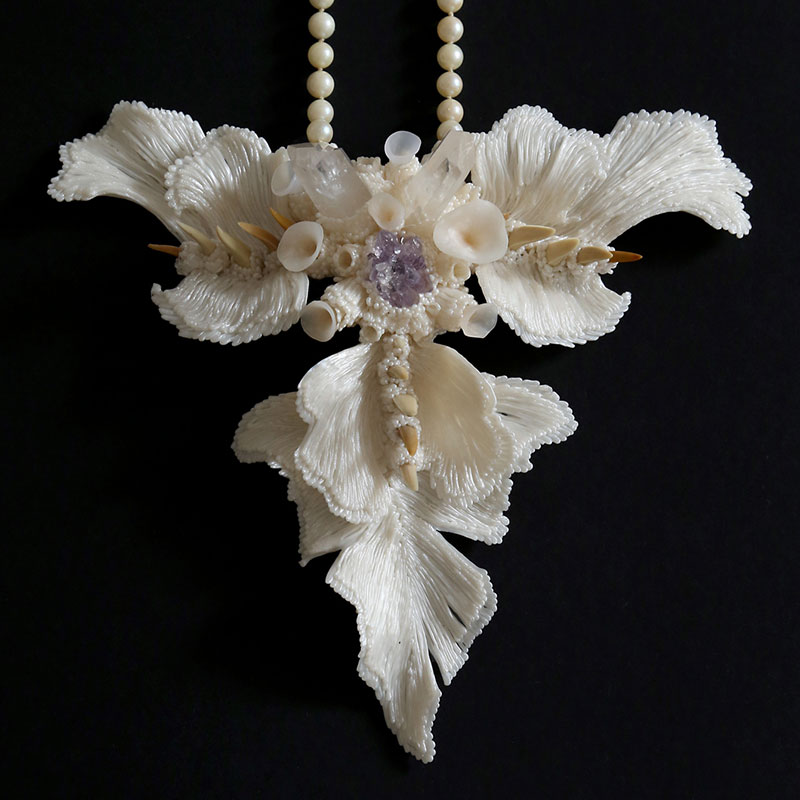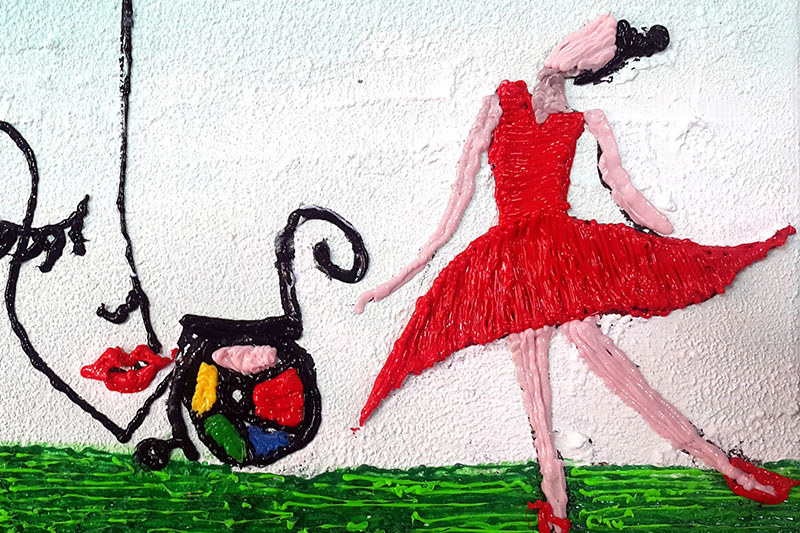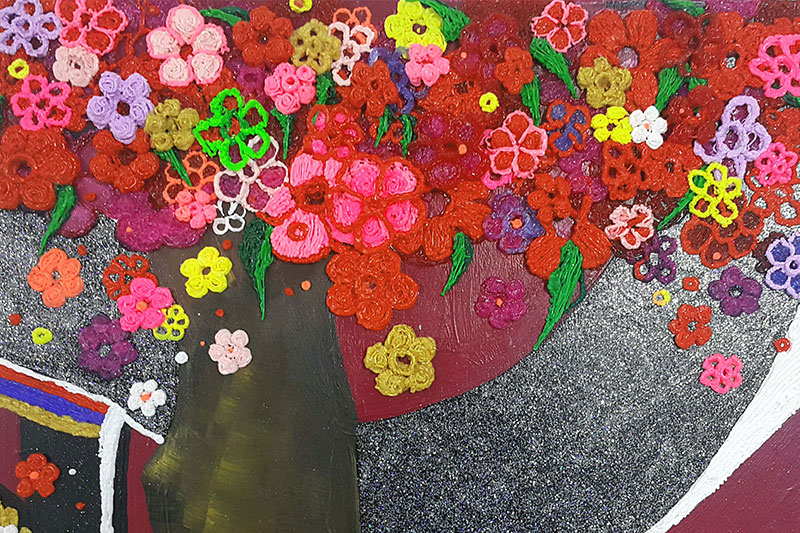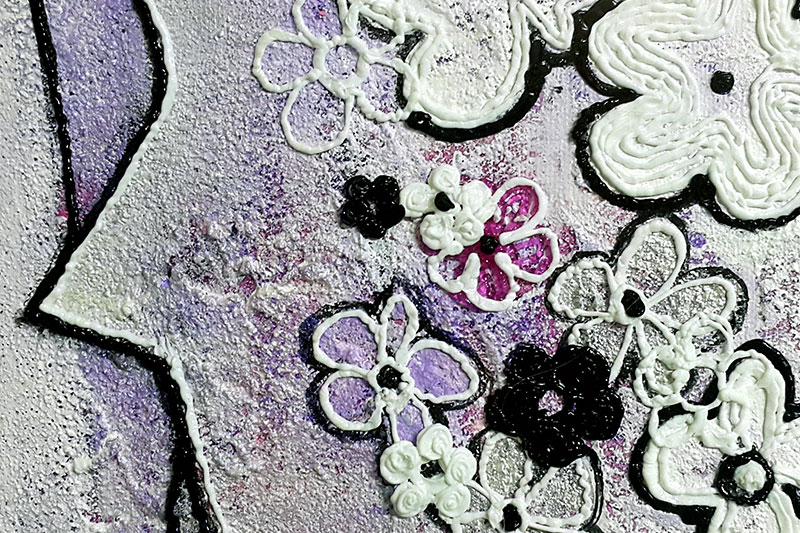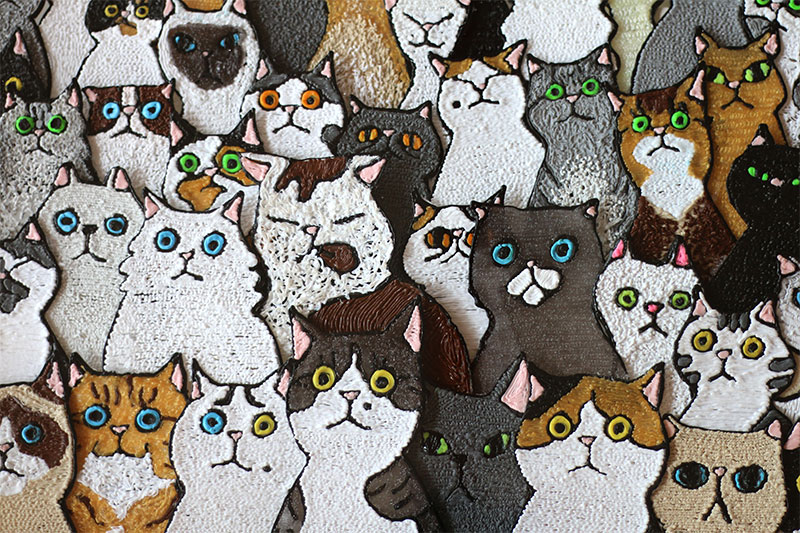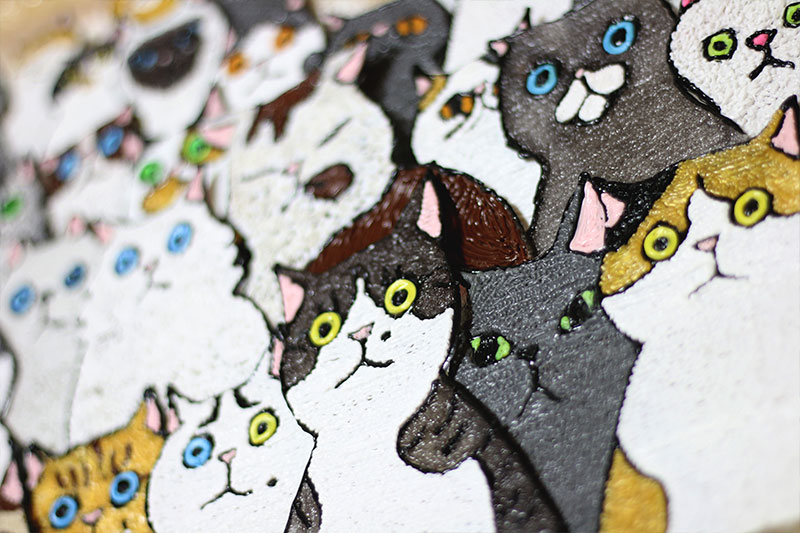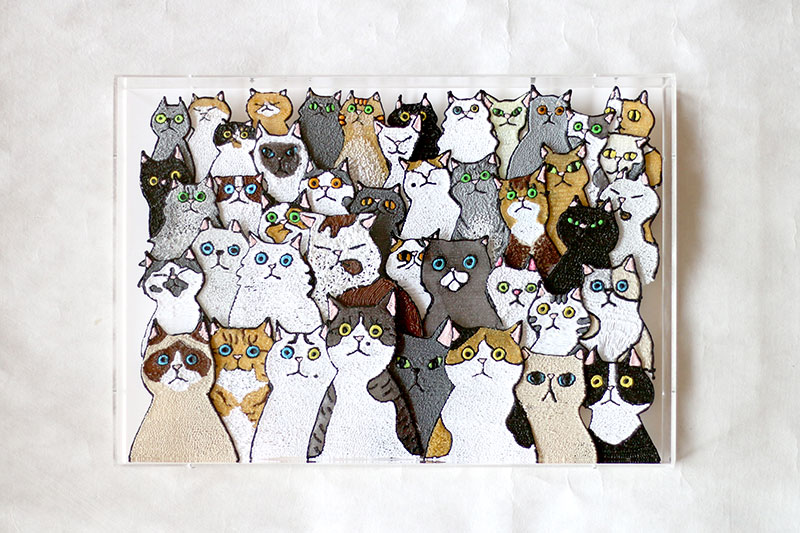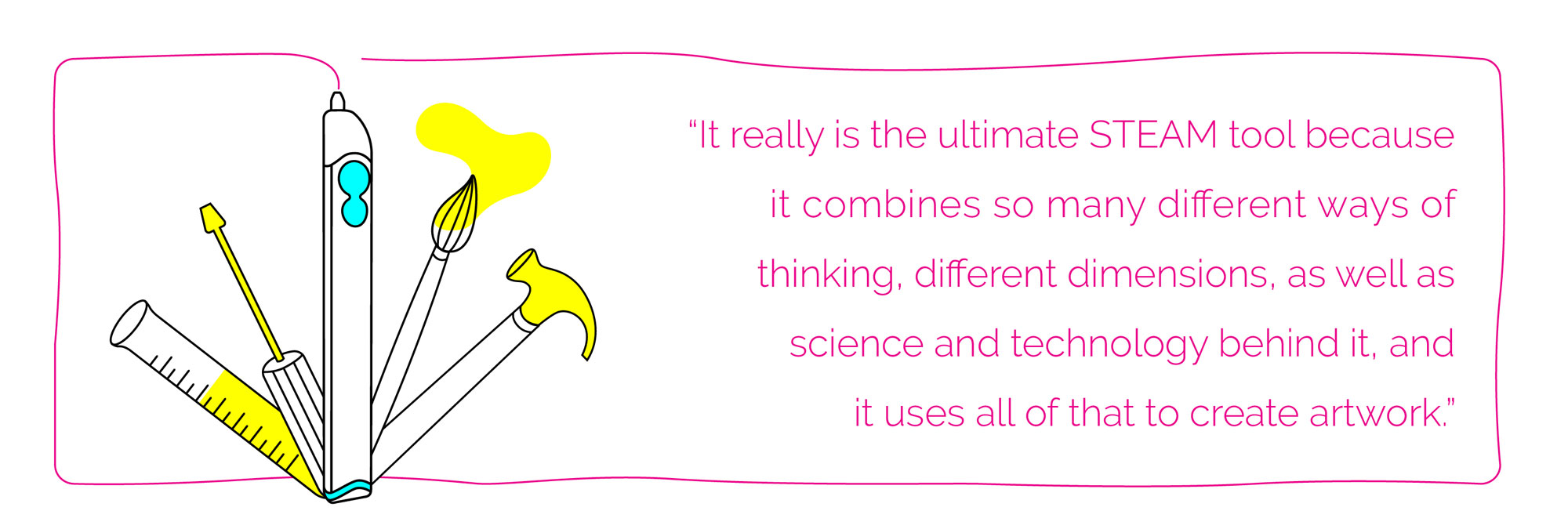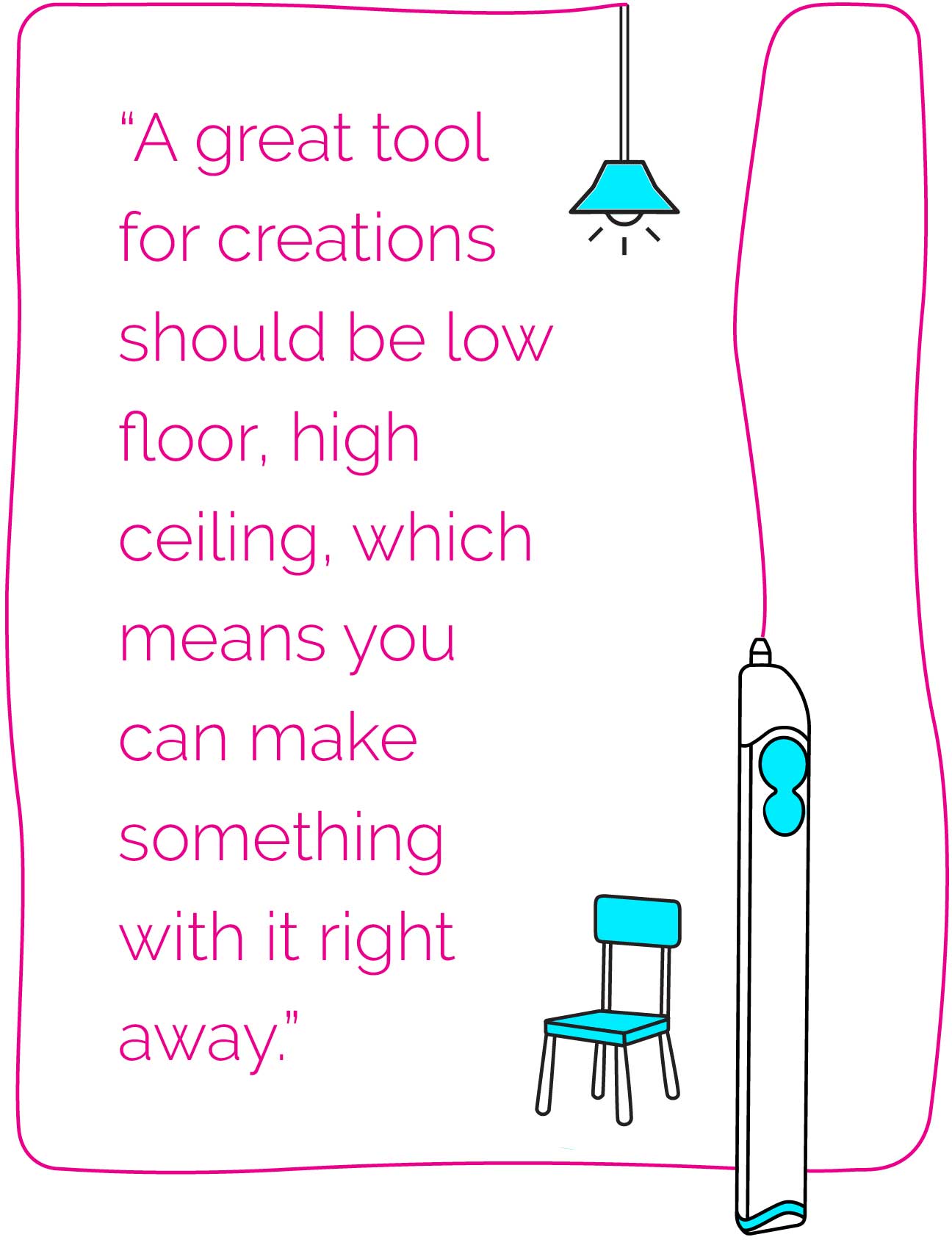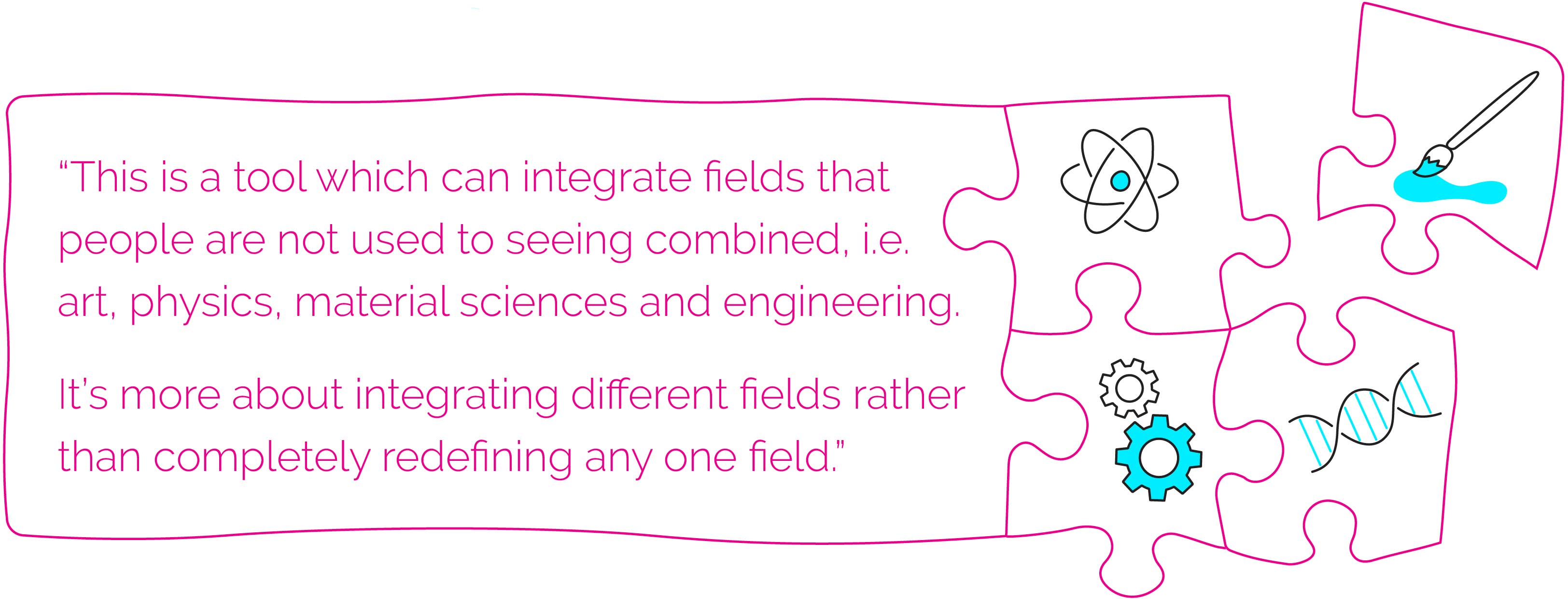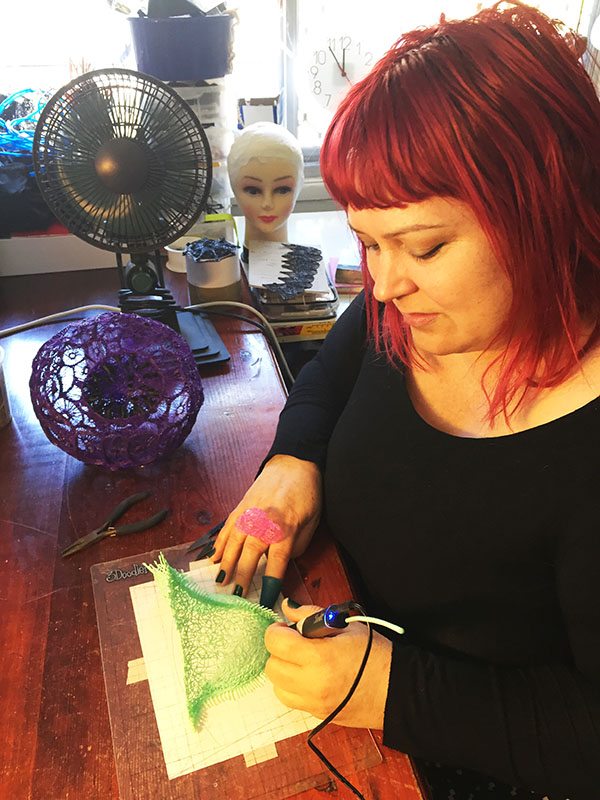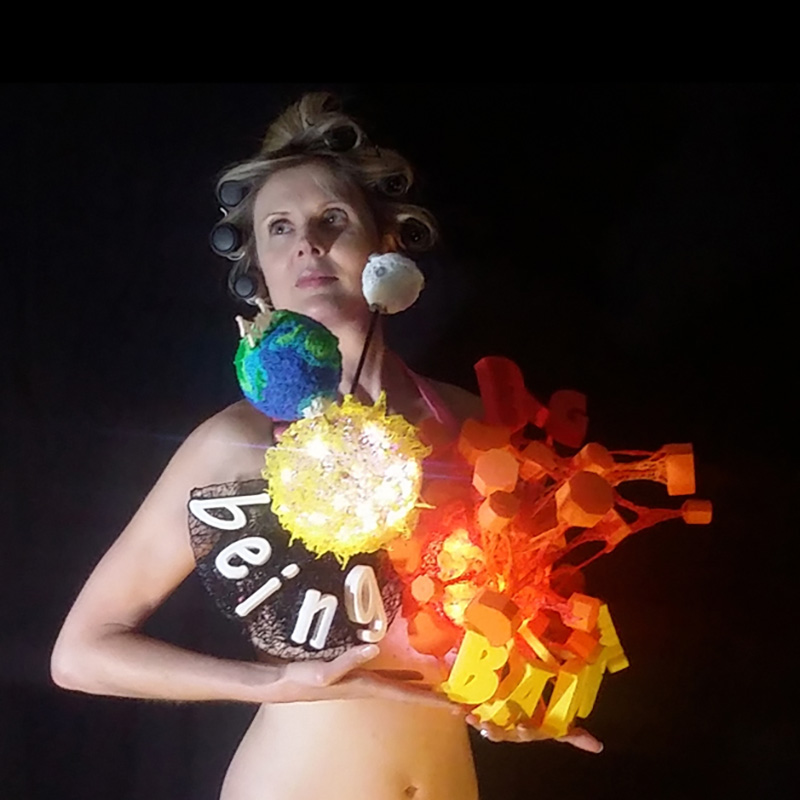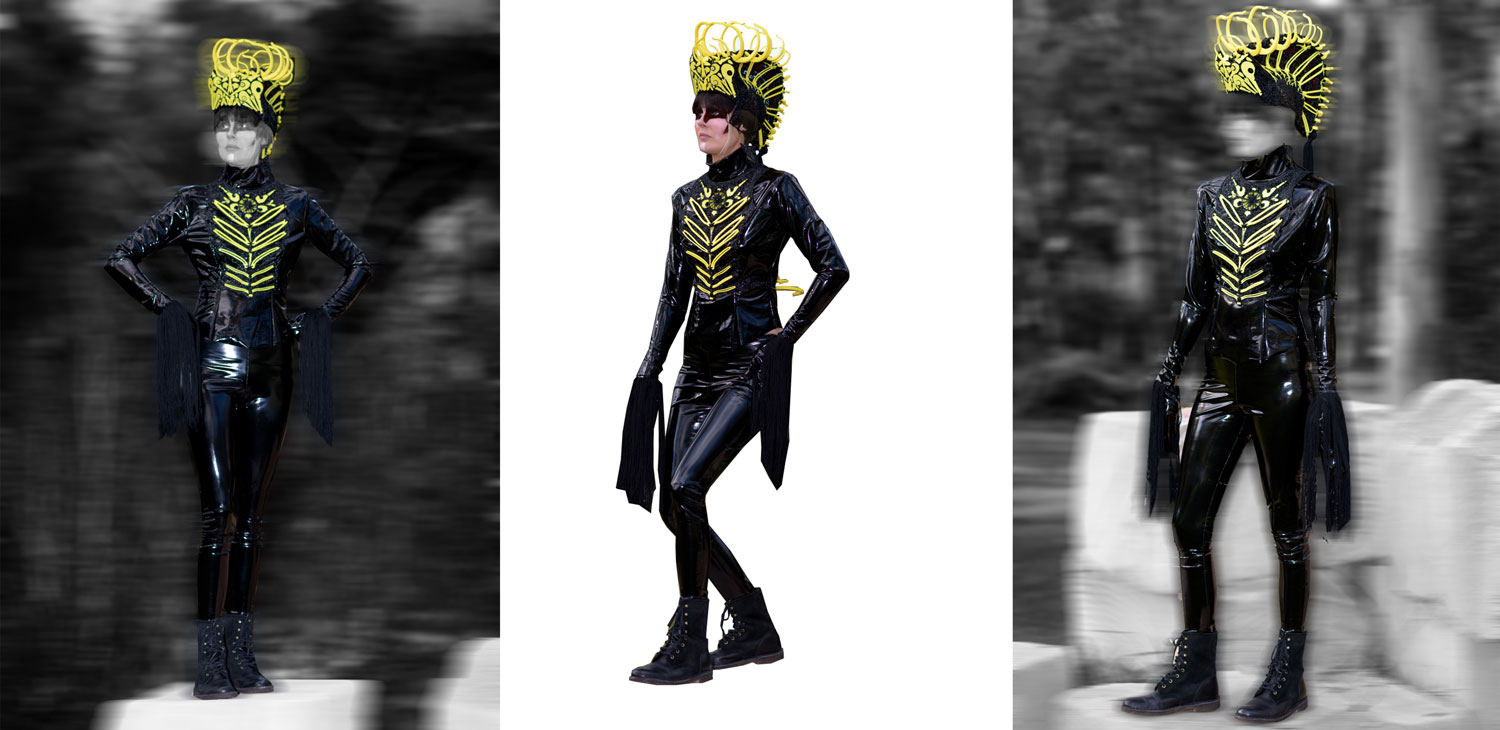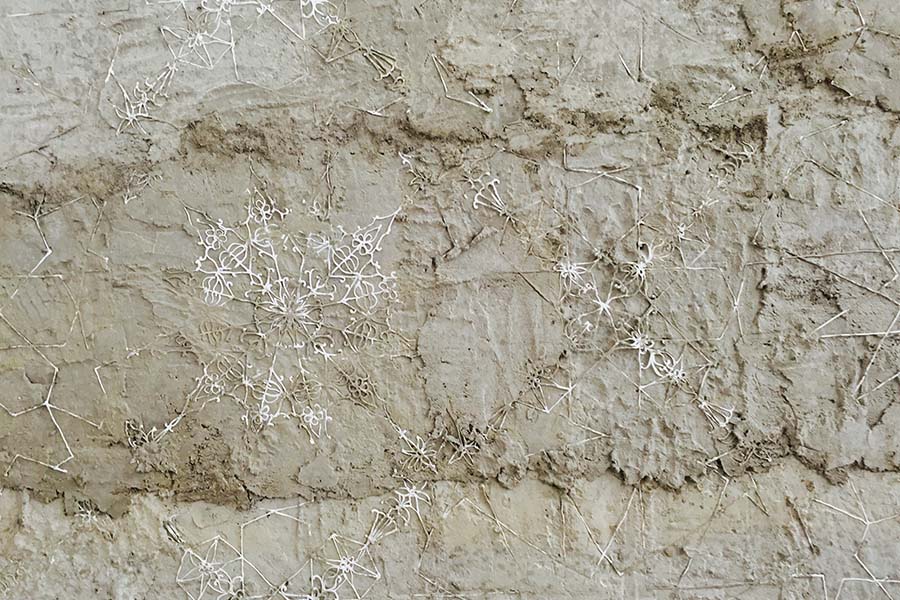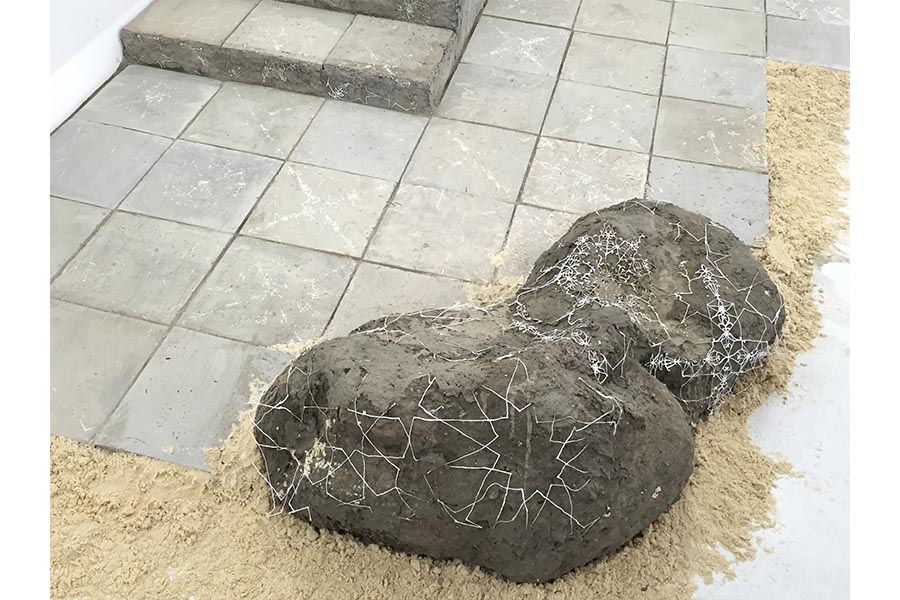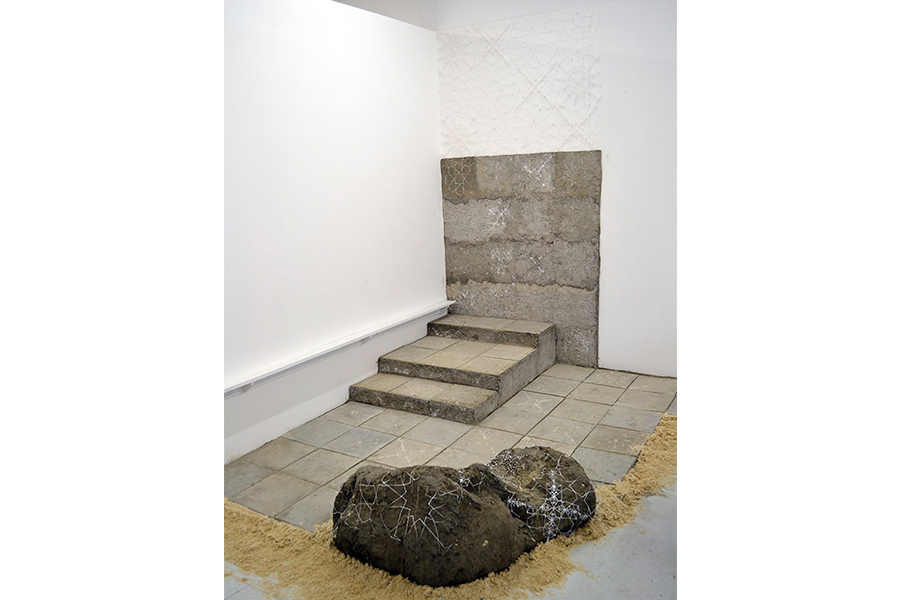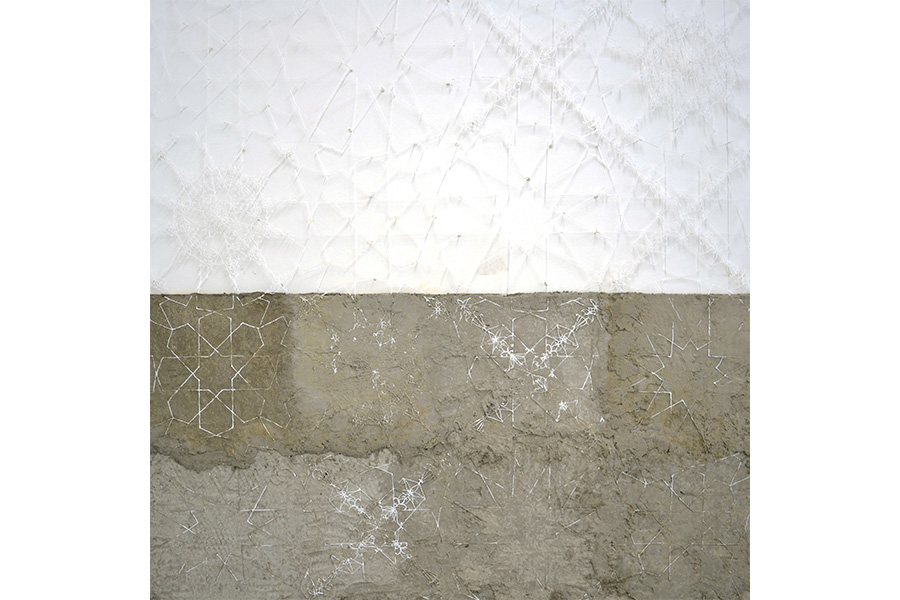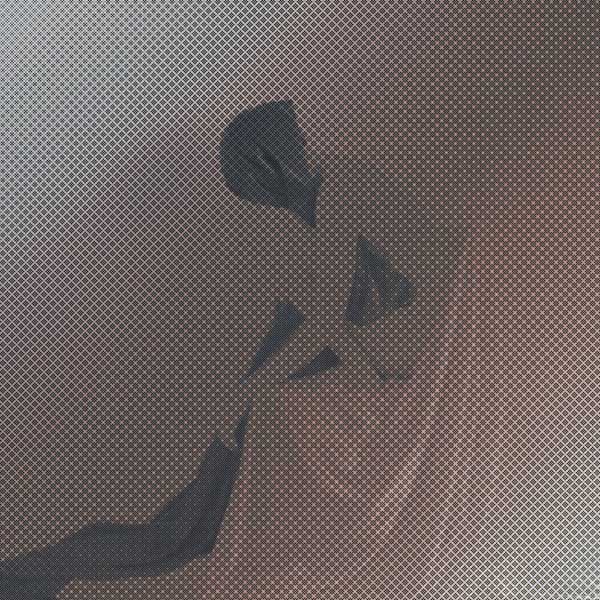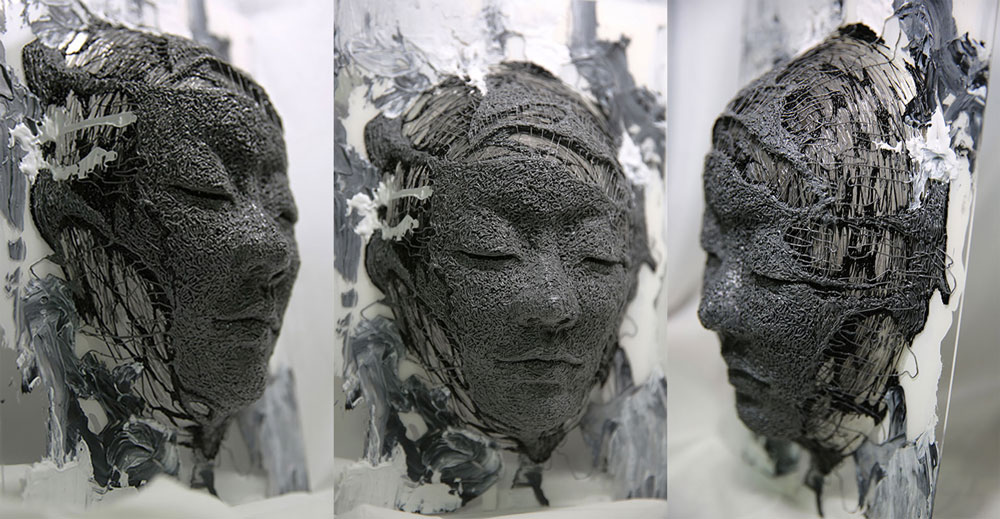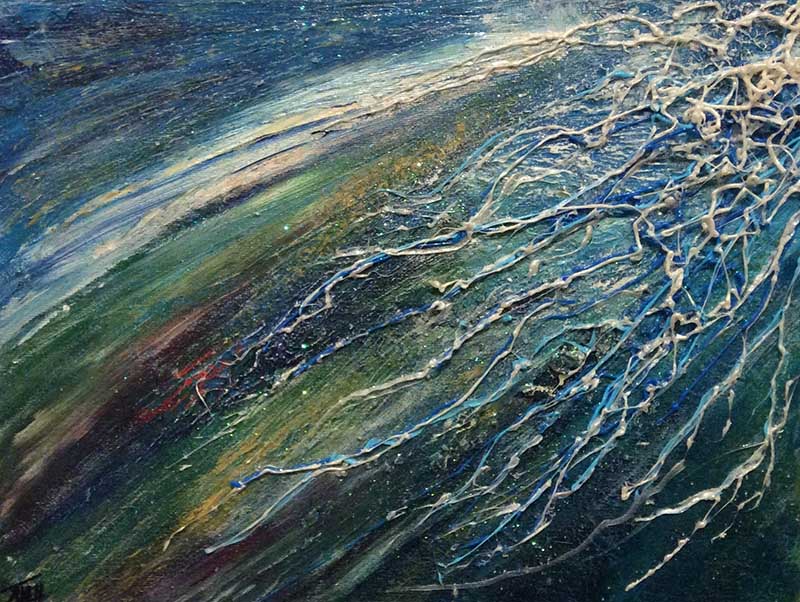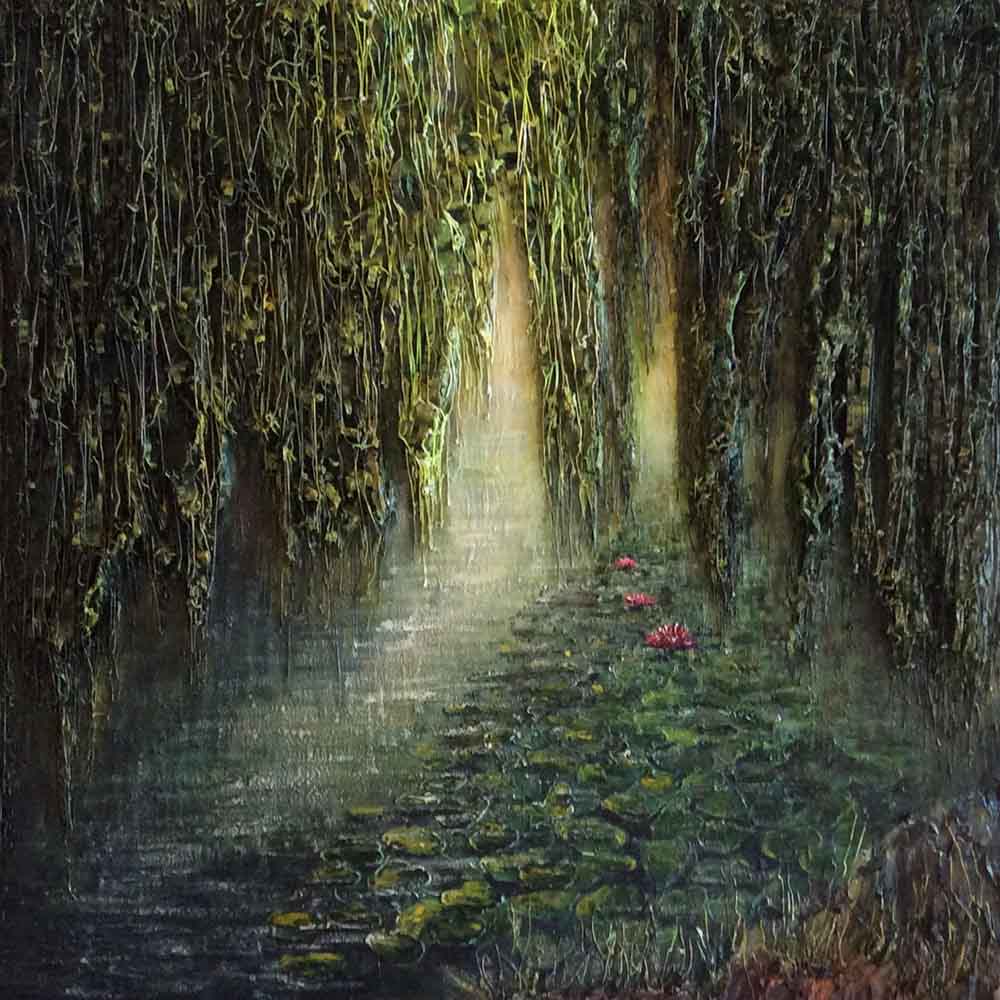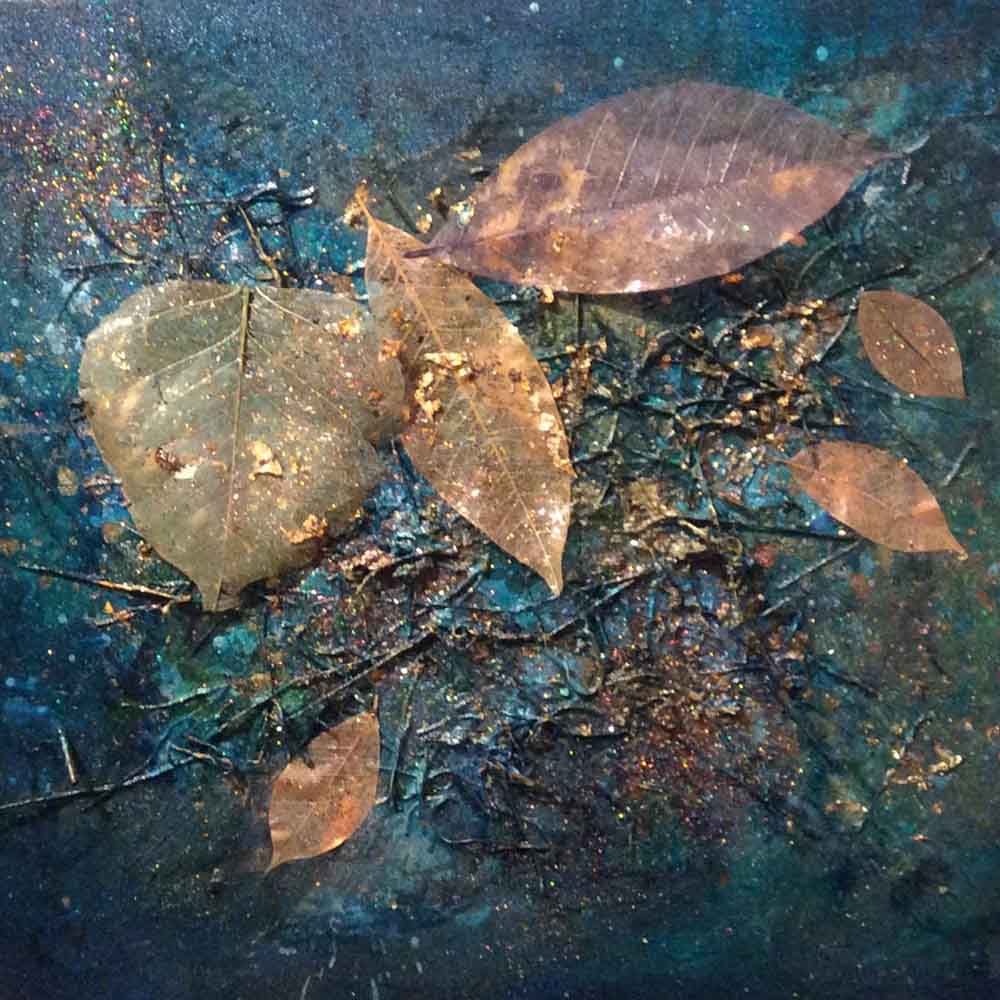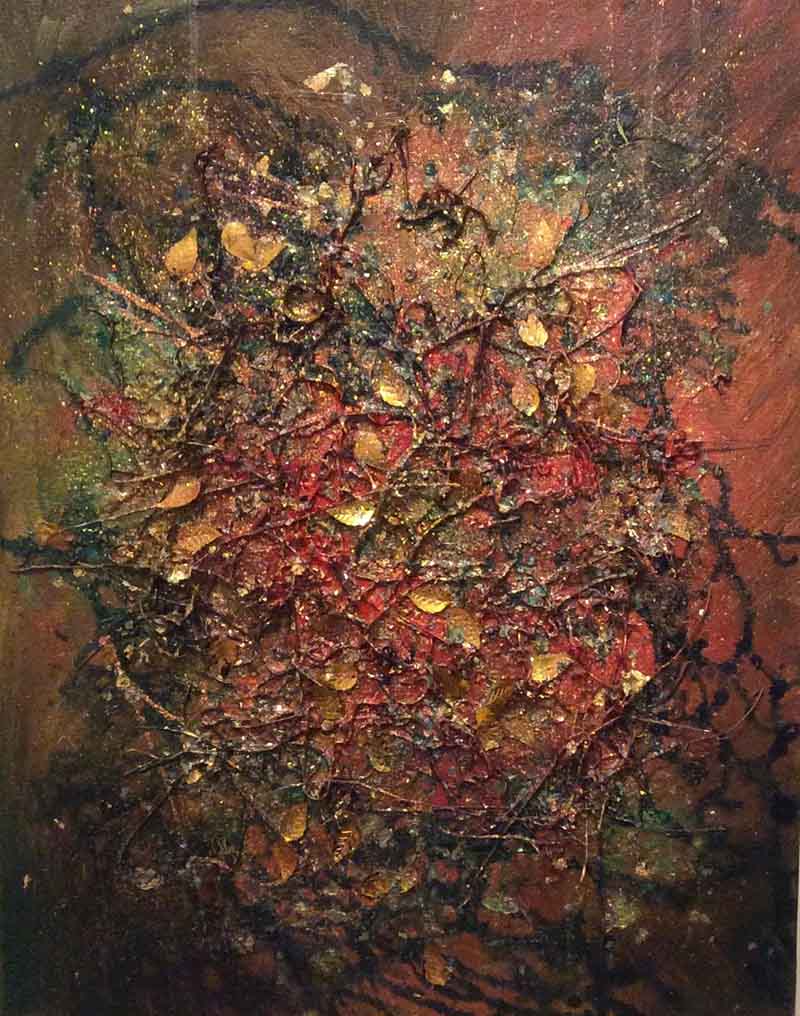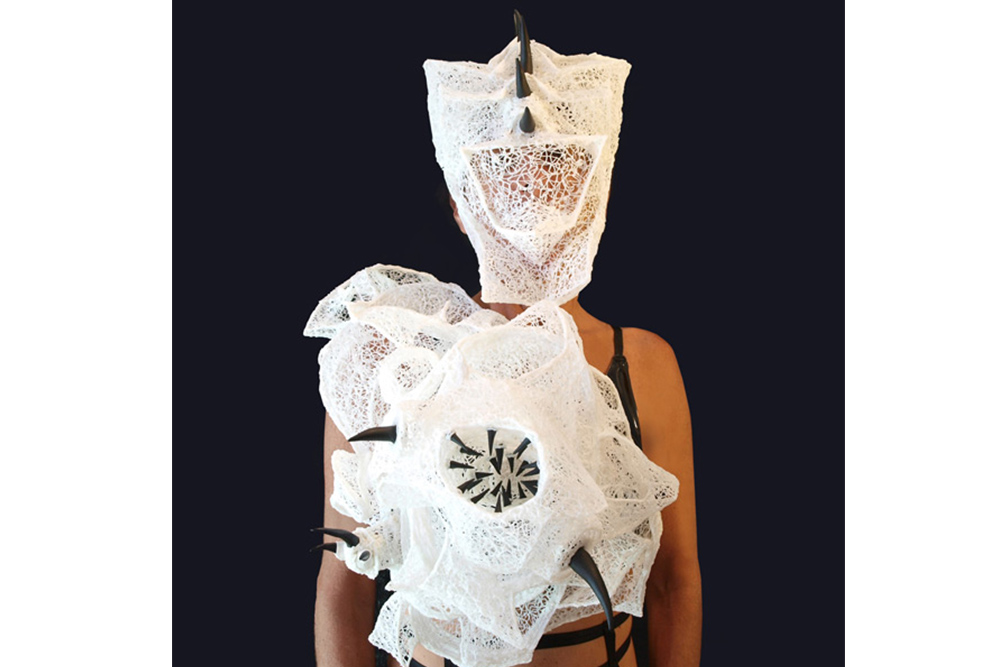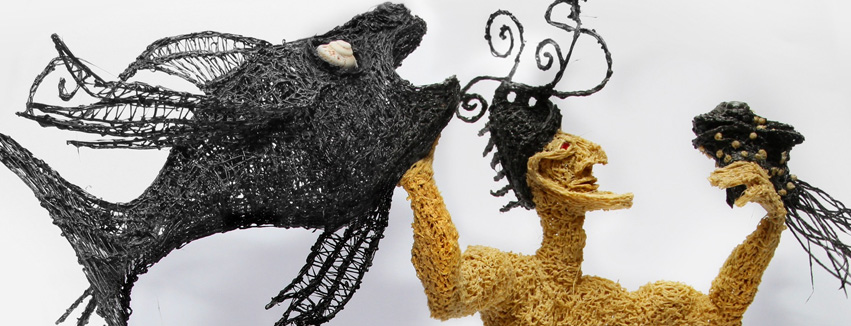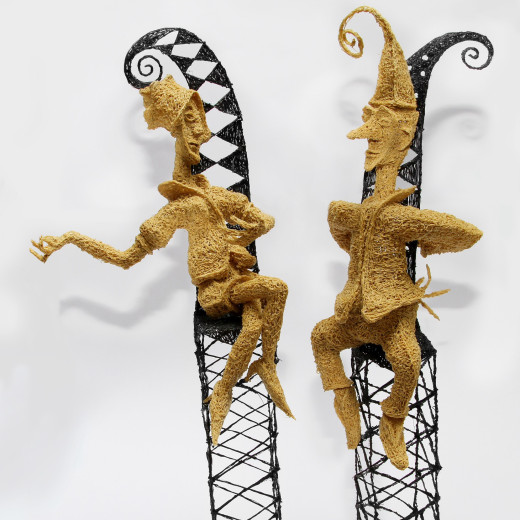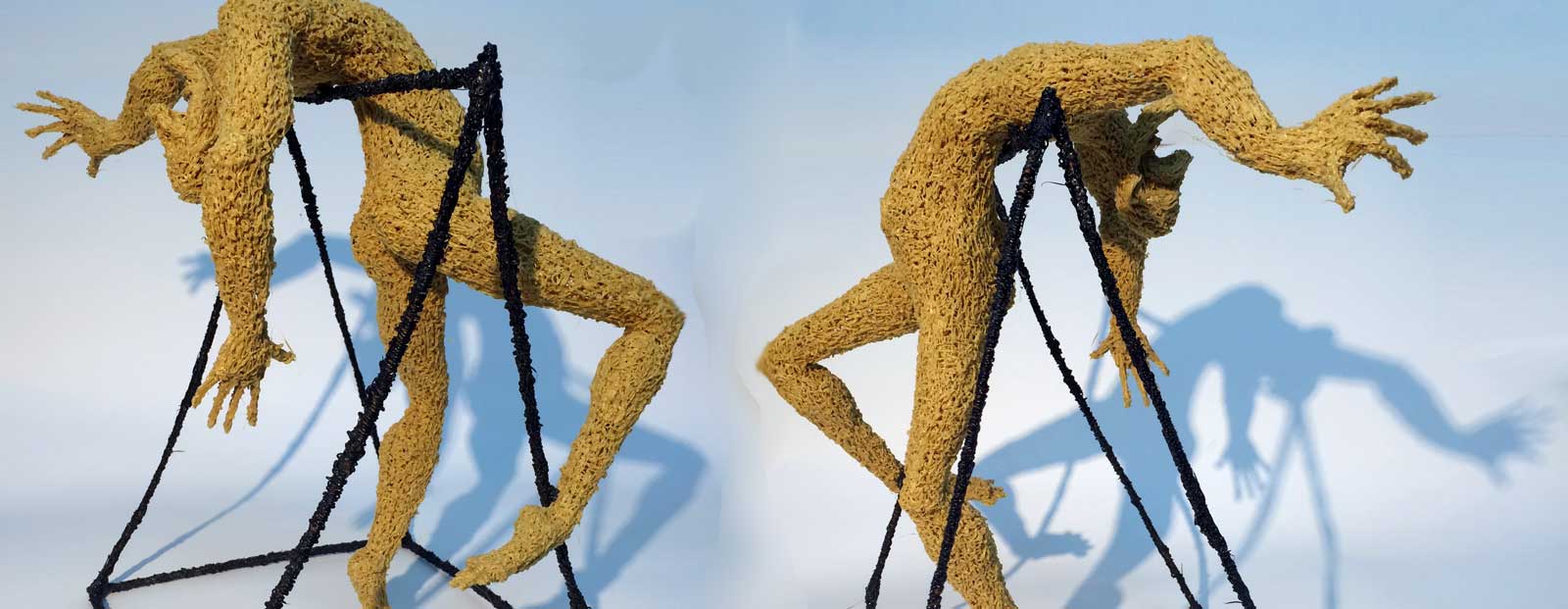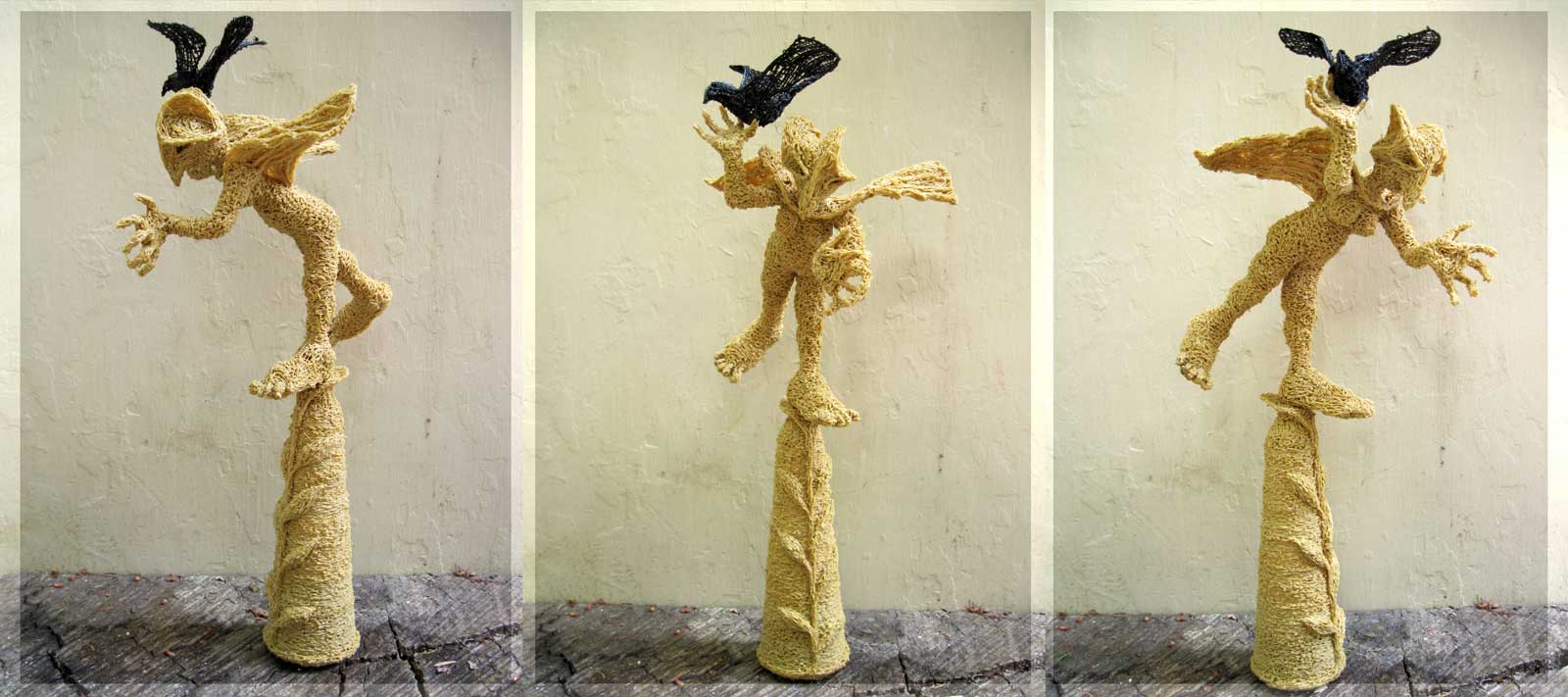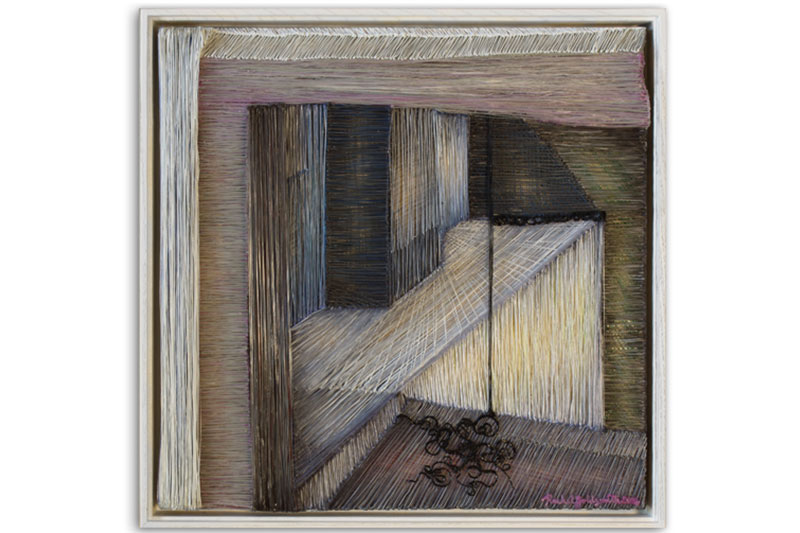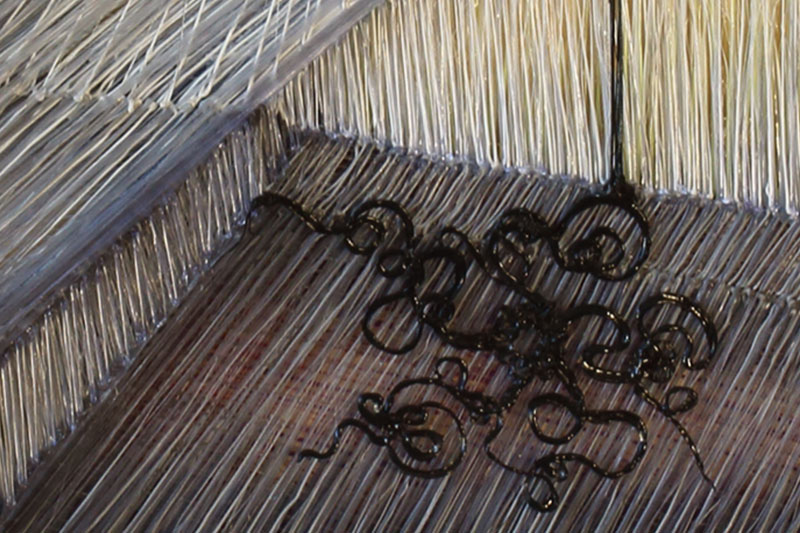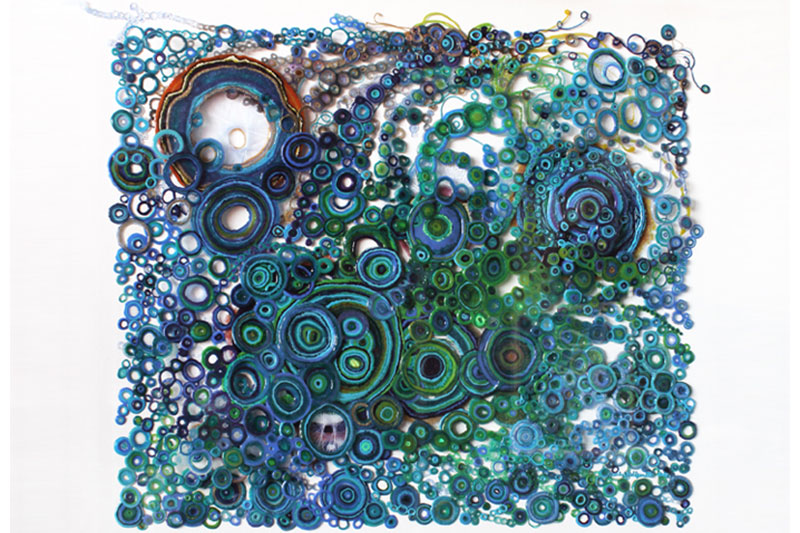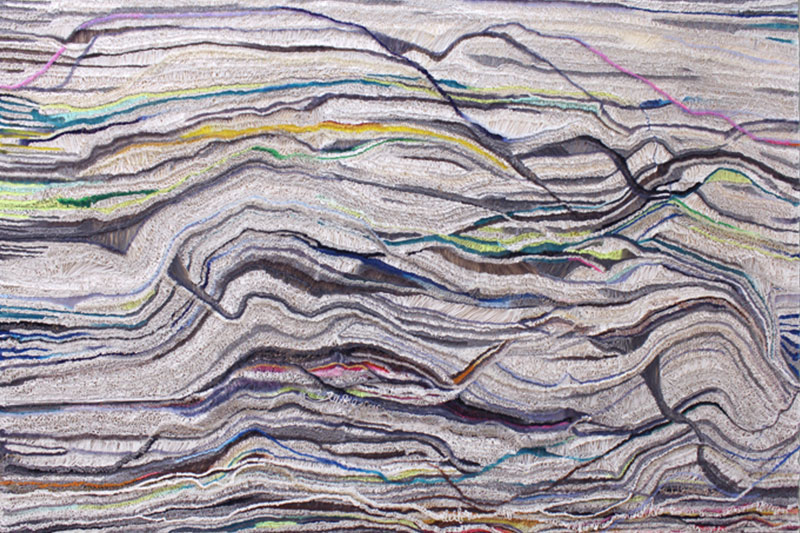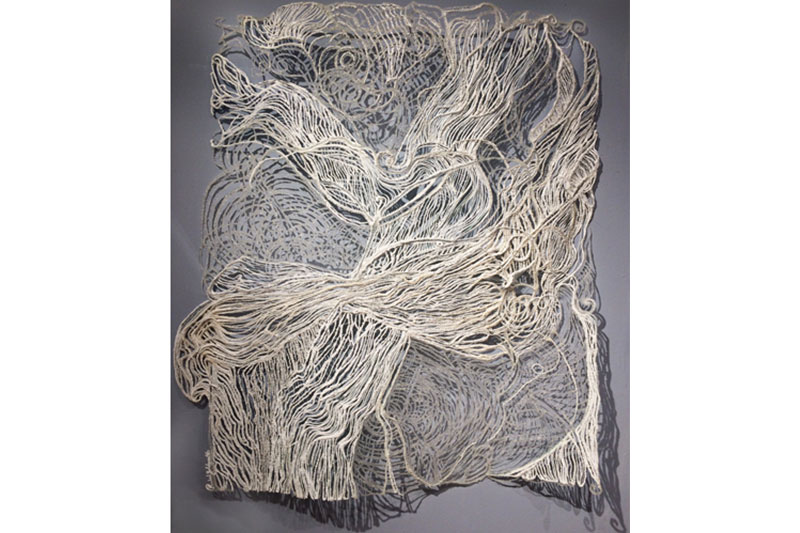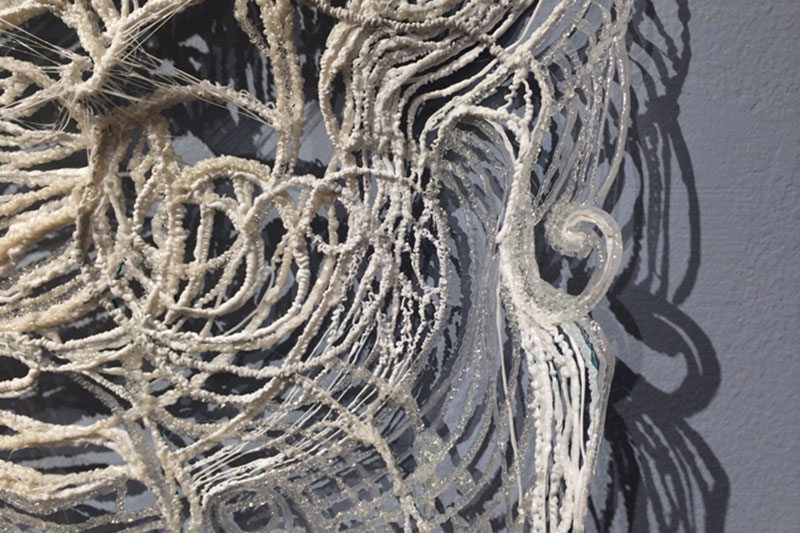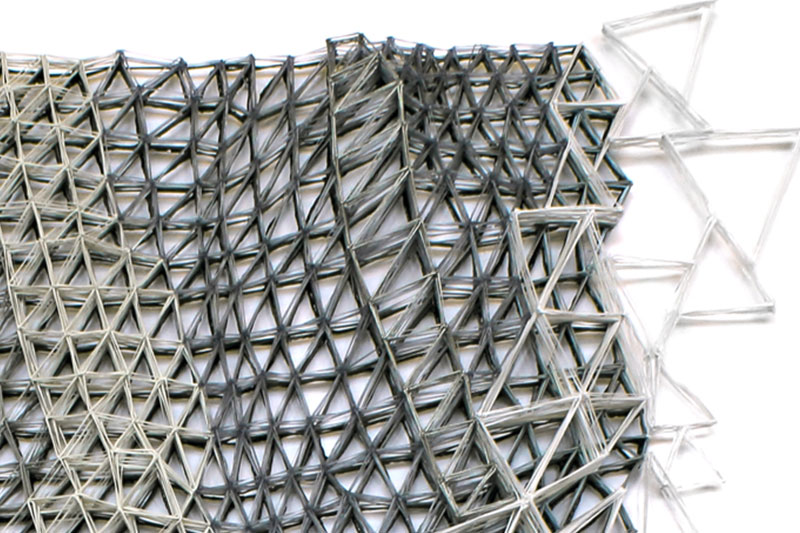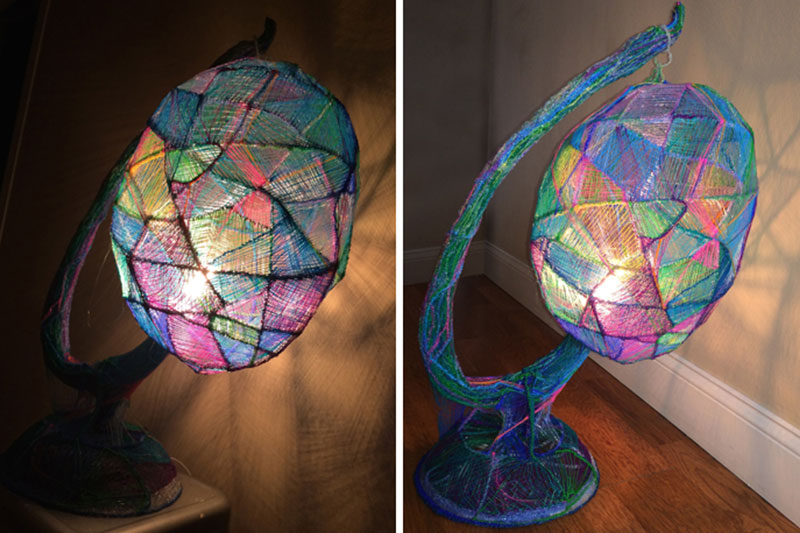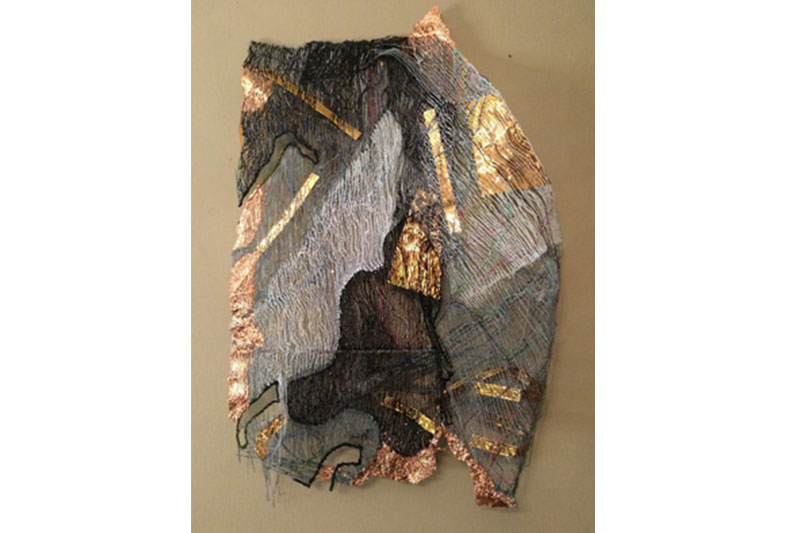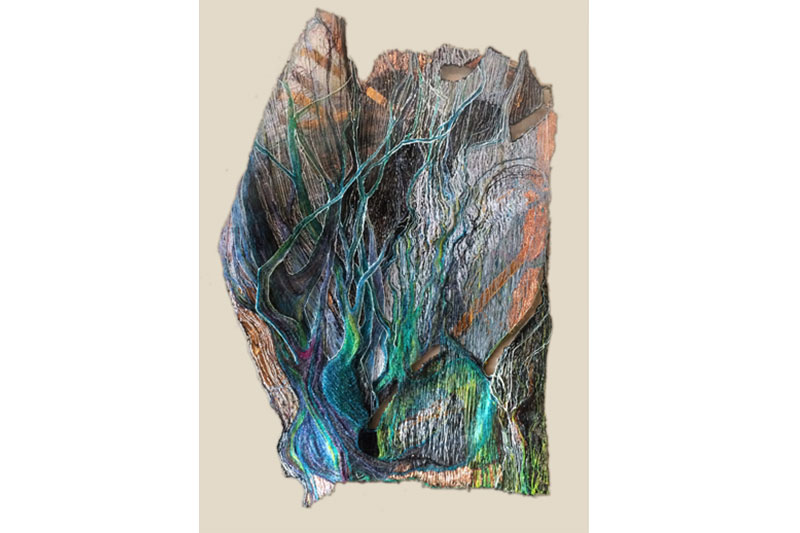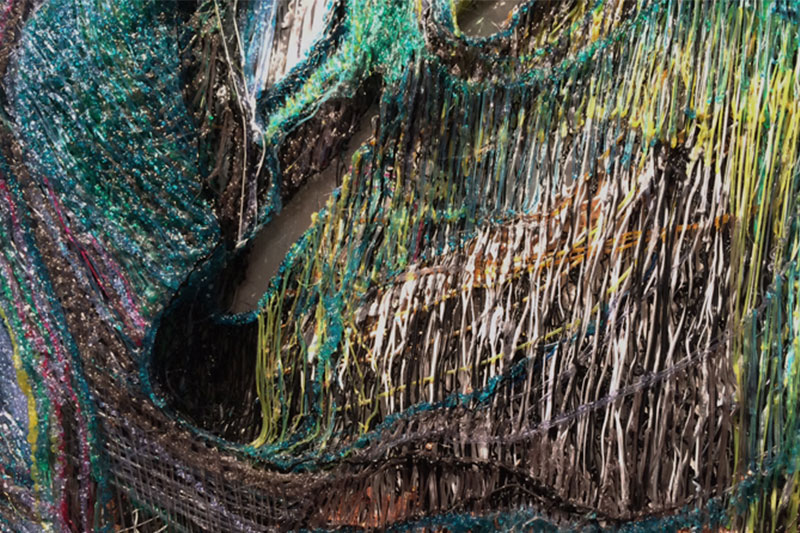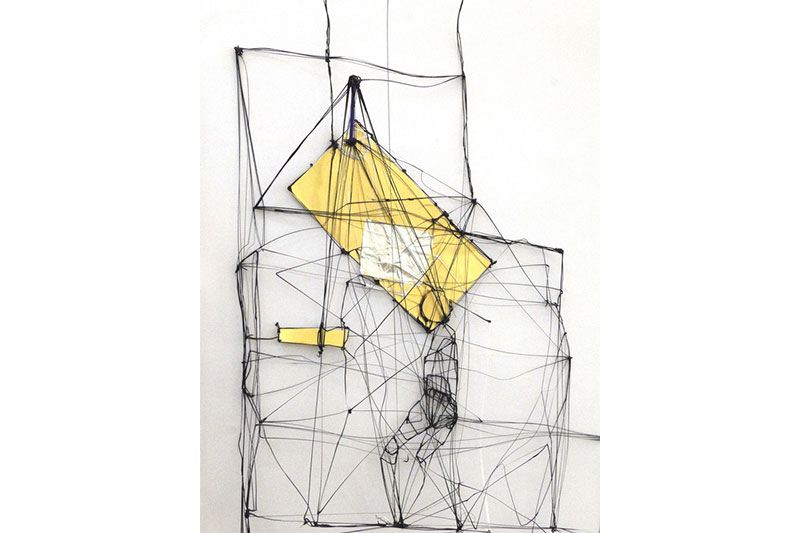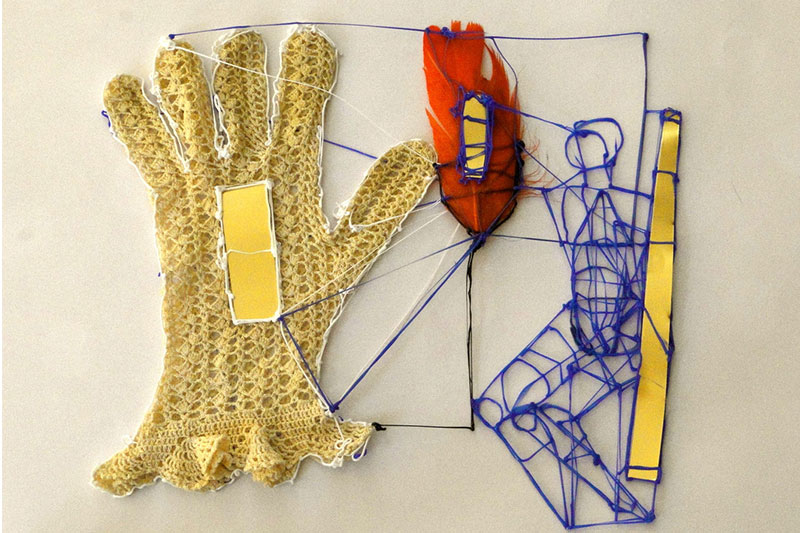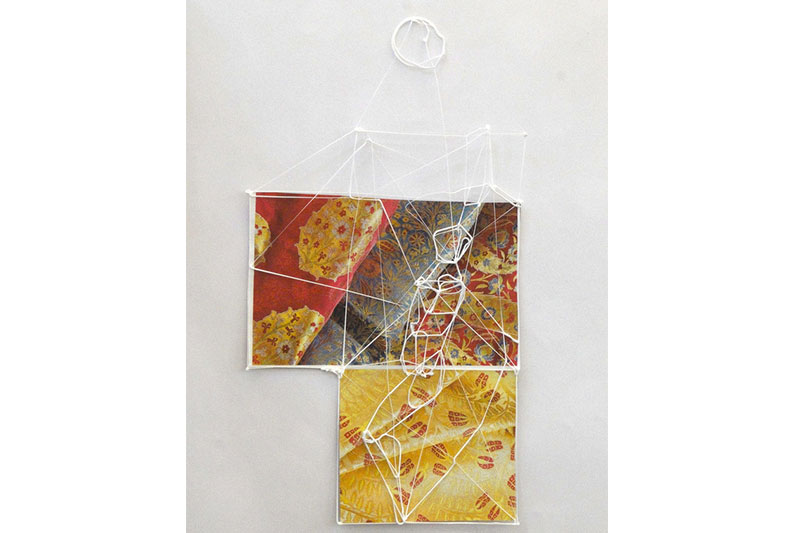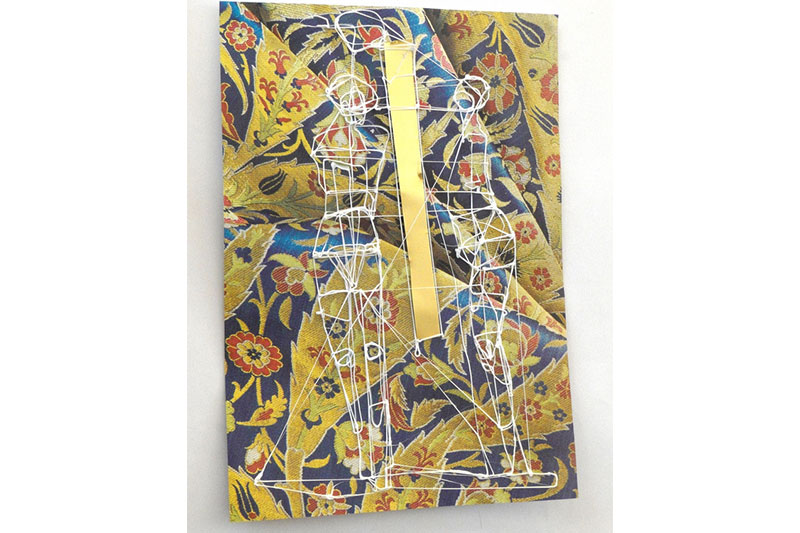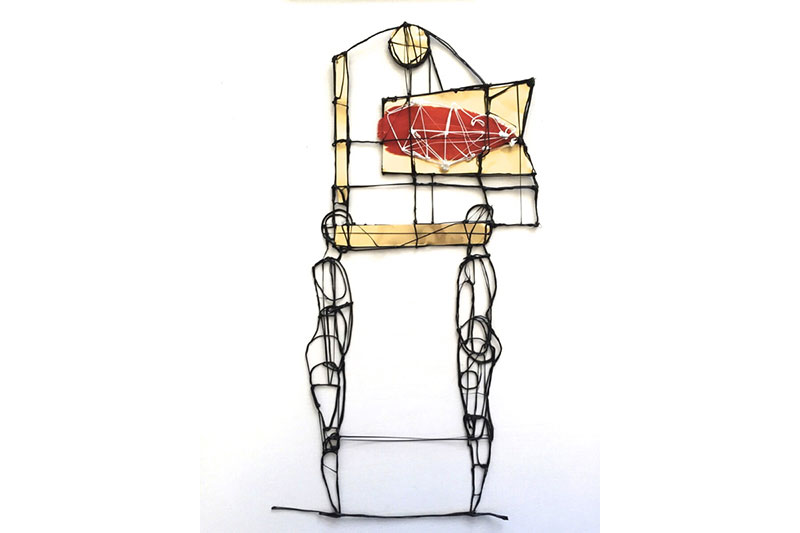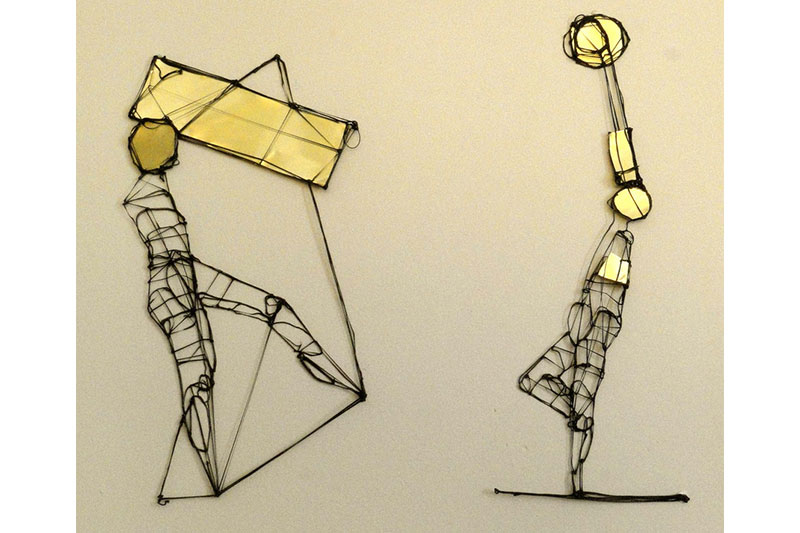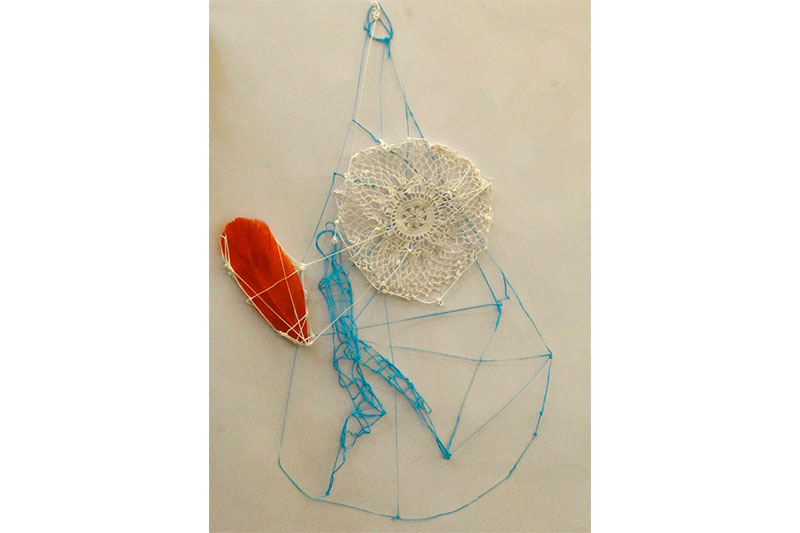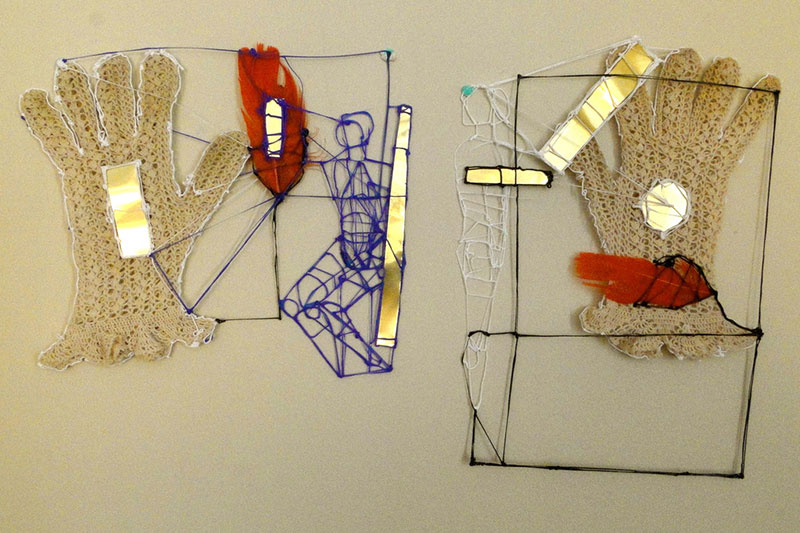Anela Ming-Yue Oh is a multidisciplinary artist who loves curry and the ocean! Anela partnered with 3Doodler on our latest guest artist feature to share her approach to 3D artwork.
She uses materials that have a life of their own such as clay, paper, and fiber, with her 3D pen creations. Anela recently completed a year as an artist in residence at the Arrowmont School of Arts and Crafts. She will be traveling to Malaysia as a School of Museum of Fine Arts at Tufts University Traveling Fellow in 2023.
Finding Artistic Inspiration
Anela relies on her imagination and also draws from the resources around us to inspire her creativity.
“For me, I draw strength to move through the world from my identity as mixed race-Malaysian-Chinese, lessons from the natural world, and people close to me who have passed on,” said Anela.
In this piece, Anela uses the 3Doodler 3D pen to speak to Malaysian batik, a lost wax process where wax is painted or stamped on fabric and then dyed. She also incorporated a plant from both sides of her mixed-race heritage: okra. It’s a plant that Anela believes both her white Southern family members and her Malaysian-Chinese members would have intimately known through food.
“A huge part of using vibrant colors for me is being unapologetic in taking up space,” said Anela. “As an Asian American you are often viewed and shaped by culture to be as small and unobtrusive as possible.”
The bright color in this piece represents reclaiming spaces as an active agent in the world. The colors draw from the traditional Malaysian dress she grew up with and family members who wore such patterns and colors as batik sarongs.
Surprising Ways with Mixed Media
“As an artist who is mixed race dealing with world building I believe it is important that my work reflects a meeting of materials, soft fiber and hard plastic or ceramic meeting in ways that create beautiful complexity,” said Anela. “This interdisciplinary approach reflects the strength and commonalities between the different worlds I inhabit every day.”
She started this project using the 3Doodler Pro+ to draw the central okra stalk element and the other floral patterns. She continues to create until she has enough in varying colors and styles to lay out the design. Next, she begins the papermaking processes to transform the PLA drawings.
“I work with a fiber called overbeaten abaca which is a plant fiber that I beat for 8 hours in a machine called a hollander beater,” said Anela. “I use it because it is extremely strong and connects seamlessly to the 3Doodler drawings.”
She used a papermaking tool called a deckle box to “pull” the sheet using the unpigmented abaca to create the base sheet of paper. Then, she dips each 3D drawing into a pigmented abaca container before placing it on the base sheet. Finally, she removes the abaca base sheet once the 3Doodler designs are placed.
Experimenting & Creating in 3D
During her undergraduate program, Anela used the 3Doodler Pro+ in a metals class and fell in love with the process. The objective was to use the 3D pens to think through modeling before casting. Anela found herself making rings and other jewelry directly with the pen and ABS material.
“I found it very accessible to start working very creatively,” said Anela. “I was building three dimensional forms, flat forms and building them up, and ended up making forms combining those ways of working with the pen that were used in my thesis show.”
She explains that it’s essential to use materials that spark excitement. Trying out new materials encourages the imagination. A new technique may transform an artistic approach.
“I think a huge part of any artistic practice is joy and experimentation,” said Anela. “When you integrate different materials it provides endless problem solving and opportunity to play with how the materials work together.”
Anela advises budding 3D artists to experiment and play. She finds that the more you experiment and add new tools and skills to your toolbelt, the more you will find the things that resonate.
“It took me quite some time to figure out how the 3Doodler Pro+ would function in my larger practice in a meaningful way,” she said. “Now, I’m working with clay in similar ways due to my experience with the 3Doodler pen. I can’t wait to see how all of this learning keeps expanding the relationships between my materials.”



















